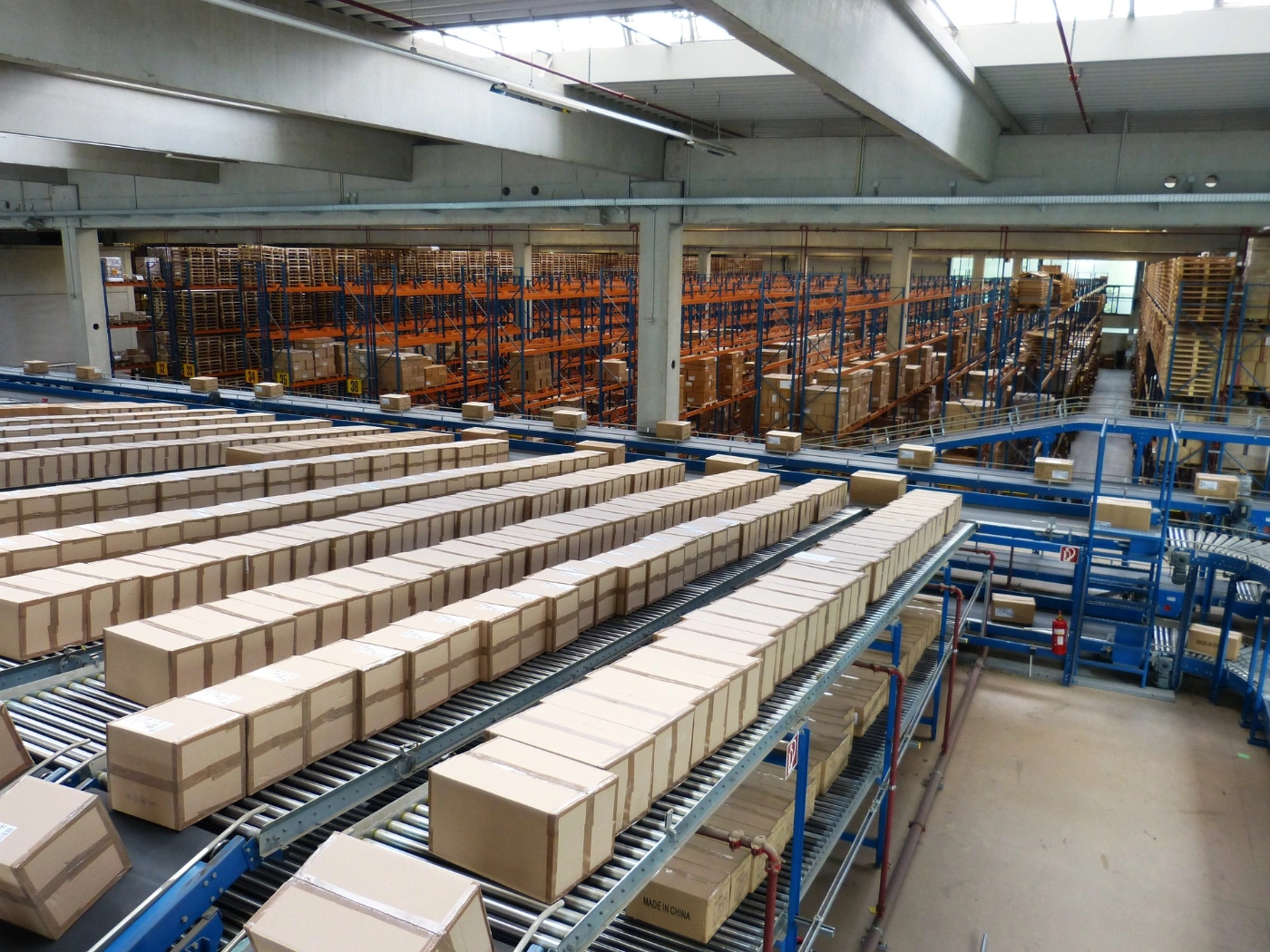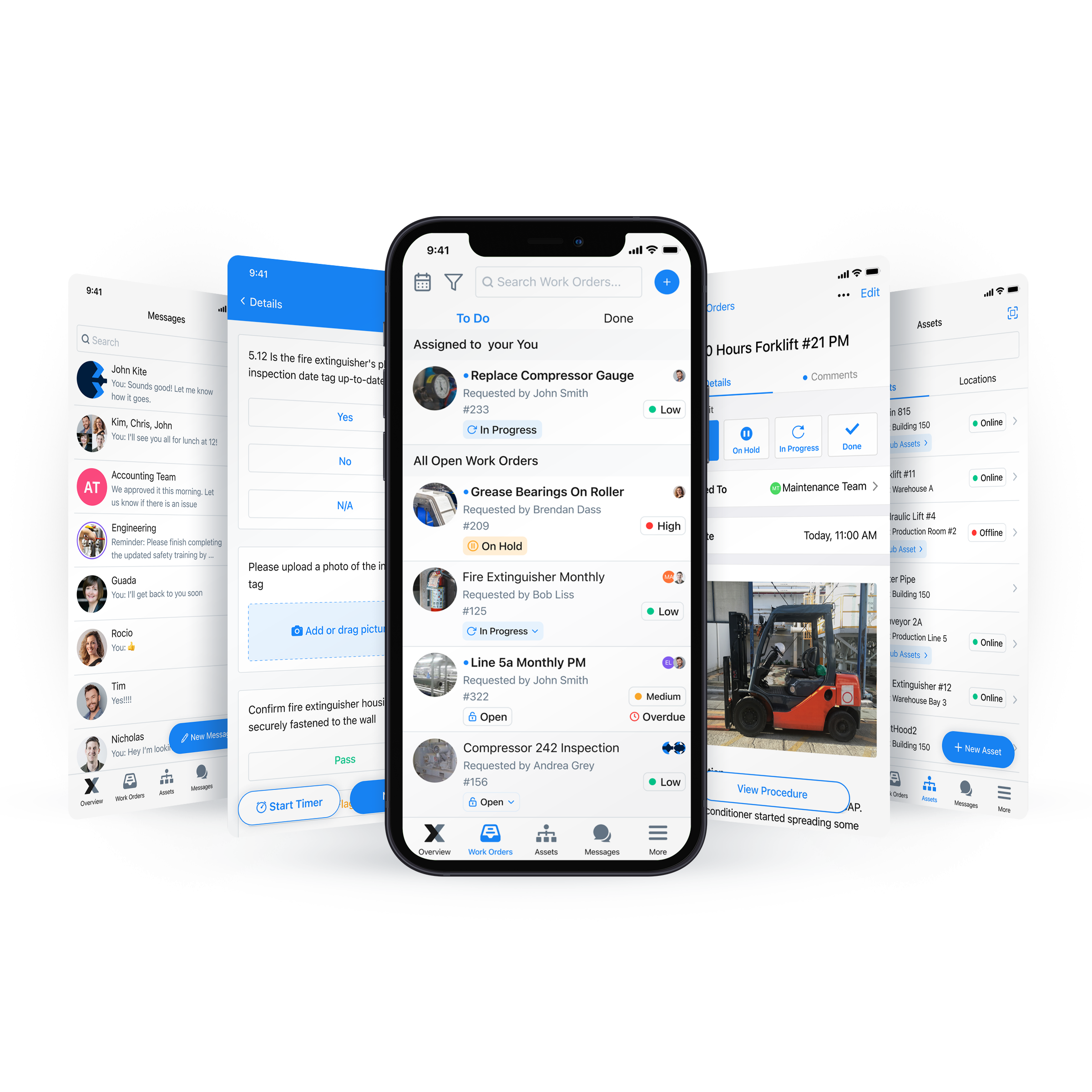
Many people don’t like the idea of being inspected. Perhaps that’s because we look at inspections from a negative standpoint. We think of an inspector as someone looking for something wrong instead of someone confirming that all is well. Nevertheless, if you are a manufacturer with production lines, you should be used to inspections.
These might be internal inspections performed by:
- management
- third-party inspections
- state or federal inspections
- customer inspections
Inspections can and should often happen throughout the supply chain, and some may happen on your shop floor. The trick is to prepare yourself for them. How can you do that?

Think in terms of total quality control. If your processes are running smoothly, and you’re always on top of all aspects of quality control, the customer inspection is simply an opportunity to show off all the things you’re doing right. In addition, it’s a chance for prospective customers to see they can and should have faith in your company and your product.
Of course, that’s all easier said than done.
First, let’s briefly discuss when and where the customer inspection can occur. Then we’ll discuss what steps you can take to prepare.
“Manufacturers’ most valuable data of all comes from product inspections that can immediately find exceptionally strong or weak suppliers, quality management, and compliance practices in a factory. . . Data is generated on shop floors daily. . . and analyzing it to find prescriptive insights fast–and an ideal problem for machine learning to solve.”
Forbes
Customer Inspections in the Supply Chain: When and Where
Note that your customers can be anyone in the supply chain, not just the consumer or company who purchases the final product.
Customer inspections—which we can also refer to as quality inspections—can and should happen at various points in the production process. This could be at the beginning and during the process, once the product is finished, and may even happen while in storage.
Customer Inspections of Purchased Items
This is when your customer inspects to confirm that their purchases meet their criteria. Again, this could be a finished product or a component they must use in their manufacturing process.
When an initial purchasing agreement is made—and depending on what the product is—the agreement could define allowances and tolerances. The customer can return their purchases should the initial agreement and expectations not be met.

On-Site Customer Inspections
Depending on the product, some companies may prefer to come to you and do an inspection before transport to their own facilities takes place. Often, these inspections will cover more than just the product. They can turn into an opportunity for the customer to inspect your facility and equipment. Not to mention all your documentation, plus your manufacturing processes.
You can see the importance of these types of inspections when negotiating a purchasing agreement. If you already have an ISO 9001:2000 Quality Management Standards (QMS) certification in place, that can go a long way in providing your customers with a greater sense of confidence in you and your product. If you don’t have certification, expect your customers to want to make regular inspections part of the negotiation process.
Production Line Inspections
This and the following inspection wouldn’t be classified as customer inspections. However, they are in the quality inspection category but are worth adding. Remember, if you are on top of all of your quality inspections, you have nothing—or at least very little—to worry about when it comes to a customer inspection.
If you produce finished goods, it’s not feasible for you or your customer to wait until production is complete before performing an inspection. You want to find any possible issues early in the process and curtail them. Correcting issues early will save you in production costs.

Finished Goods Inspection
When production is complete, your finished items need to be inspected to ensure quality standards have been met. The inspection shouldn’t be limited to the item itself but should include all packaging materials. Okay, we’ve talked about the what and the when of inspections, but how can you stay prepared?
“A ‘smart quality’ framework, which combines advanced technologies, modern process design techniques, and flexible ways of working, can help companies reimagine the way quality works—and at a fraction of what it used to cost even five years ago.
McKinsey
Tighten Your Customer Inspection and Quality Control Processes in 3 Easy Steps
No matter the size of your operation, you should try to implement the three steps listed below.
1. Standardized Workflows
Having a standardized workflow means everyone is on the same page. Everyone knows what to do and in what order. As a result, operations are streamlined, downtime is minimized, and the chances of miscommunication almost disappear entirely. How complex or basic your workflows are will depend on your business and processes.
With a workflow, everything is clear cut. Where things start and stop, the direction they should take, and the expected results. You can even factor in alternate steps to take should it be necessary. Be sure to assign responsibility for each of these steps.
With your standardized workflow in place, it’s simple to optimize results. A workflow can provide the following benefits:
- A reduction of project risk
- Limits the need for management intervention
- It will define duties and responsibilities
- Improve timelines
- Provide audit trails
Having a standardized workflow in place is the first step toward being ready for a customer inspection.

2. Digitize for Efficiency
If you want to be efficient, think about mobile applications for your workflows and forms. Digitizing doesn’t automatically mean you need to create entirely new workflows, but you’ll likely need to rethink some of your existing standards. Ultimately, this will make your processes that much more effective.
When switching to digital, you’ll need to define the workflow elements, typically using the feedback and interviews of a team of end-users (e.g., shop floor maintenance workers). When the workflow is complete, it will be a single application used by everyone on the team. Benefits of digitizing:
- Ultimately more cost-effective
- Helps to identify quality issues faster
- Faster access to analytics
- Faster audit and customer inspections
3. Optimize Workflow Based on Feedback and Only Measure What Matters
Your workflow shouldn’t be static, nor should anyone change it on a whim. So when should you make adjustments? Listen to the feedback of both junior and senior operators. Their insights into how tasks and processes are carried out in real time are crucial.
What metrics are you using? What metrics matter the most? Do you need to measure everything? Take some time to decide which measures matter. A good time to do this is when you make the change over to digital. As mentioned above, this is when you should redefine your workflow. Remember, your endgame is to be efficient. Using unnecessary metrics removes your focus and builds an unstable foundation for future inspections.
Here are some key areas to build metrics around:
- Your customer’s experience
- Quality
- Efficiency
- Inventory
- Waste
- Maintenance
- Costs

Let MaintainX Manage Your Inspections
If you have all of your quality control processes in place, inspections won’t be something to fear. Instead, you’ll want to put the results right up on your office wall for everyone to see.
Consider integrating a CMMS to ensure your business operates efficiently–even within a highly regulated environment. A robust CMMS like MaintainX can help streamline your entire manufacturing and maintenance cycles. The choice is yours. You can view customer inspections—or any inspection—as an opportunity to confirm that all is well.
FAQs

Caroline Eisner is a writer and editor with experience across the profit and nonprofit sectors, government, education, and financial organizations. She has held leadership positions in K16 institutions and has led large-scale digital projects, interactive websites, and a business writing consultancy.


.webp)

_FEATURE.webp)
.webp)